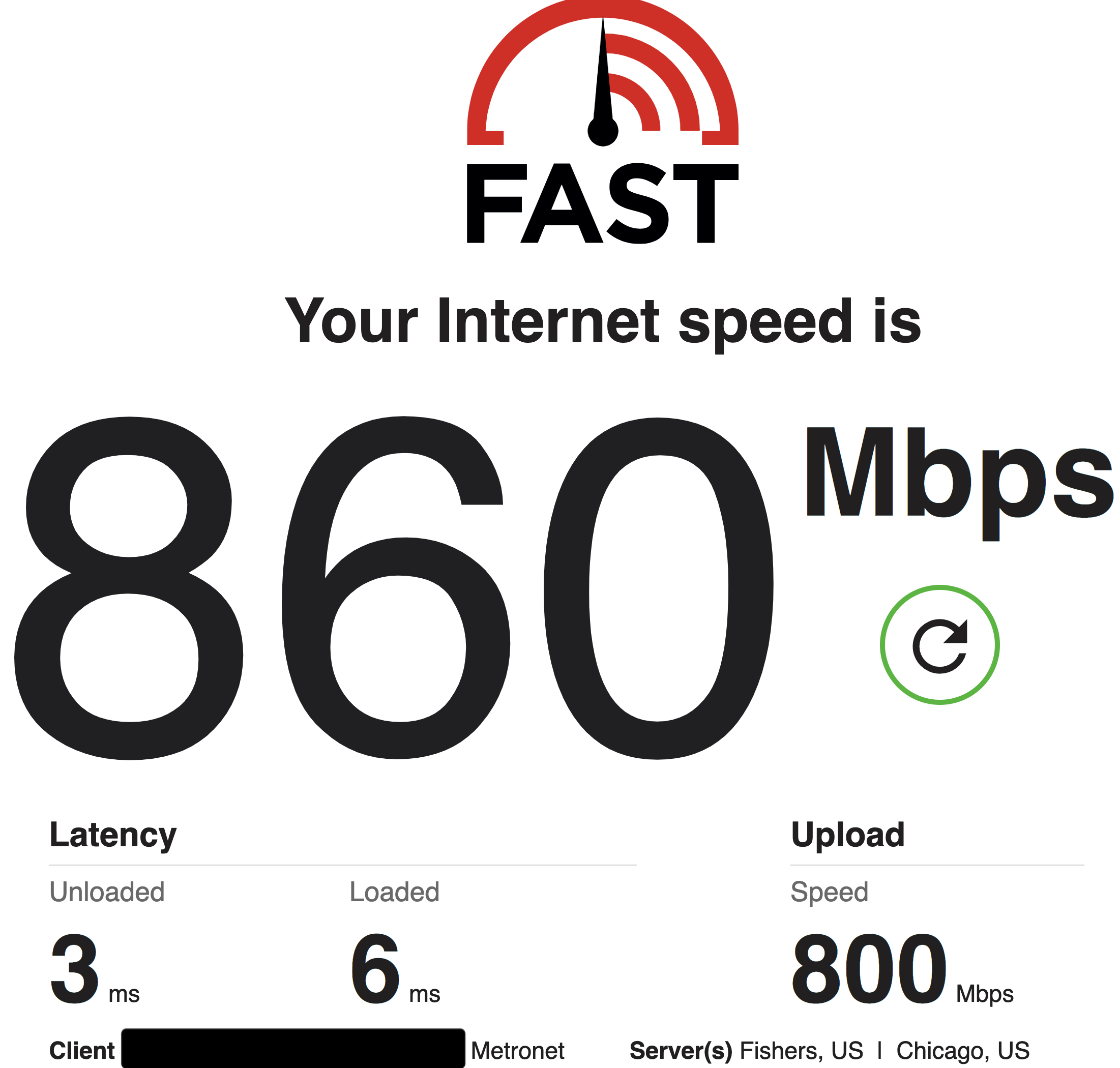Imagine sitting down to enjoy your favorite online game or streaming the latest blockbuster, but frustrating buffering and lag ruin your experience. Have you ever wondered why this happens? The reality is that the communication speeds between you and your Internet Service Provider (ISP) are not merely numbers; they tell a compelling story of how data travels across complex networks. Today, we’re diving deep into the fascinating world of internet speeds — an odyssey through megabits and latency!
Firstly, let’s unravel the term “communication speed.” What exactly does it entail? Communication speeds, also known as bandwidth, refer to the maximum amount of data that can be transmitted over an internet connection in a given timeframe, typically measured in megabits per second (Mbps). More megabits equate to a greater potential for downloading or streaming quickly. For instance, a connection of 100 Mbps can theoretically download a 1 GB file in approximately 80 seconds. However, this figure can vary based on various factors, which we will explore shortly!
But wait! Here comes the playful question: What if your 100 Mbps connection suddenly felt more like 10 Mbps? Wouldn’t that be a befuddling conundrum? Numerous variables can drastically alter your effective speed. Let’s embark on this exploration by examining these critical factors influencing communication speeds.
One significant factor is latency, often termed “ping.” Latency is the time it takes for data to travel from your device to the server and back again. It’s measured in milliseconds (ms). A high latency can result in delays, making online activities feel sluggish. For example, when you send a message or try to load a page, this lag can be perceived as the slow snail trying to cross the digital highway! Latency is influenced by distance, routing, and the number of devices traversing the same network pathway. As a rule of thumb, the longer the distance and the more stops your data makes, the higher the latency — which leads to a lousier experience.
Next up is the concept of bandwidth throttling, which can be quite the villain in our story. ISPs sometimes intentionally reduce the bandwidth available to particular activities or users, especially during peak hours. This practice, known as traffic shaping, ensures fair access to limited resources but may also frustrate customers who are suddenly met with slower speeds. Imagine speed restrictions in a bustling city — they help manage traffic but can also prolong your journey.
Then we have network congestion, another obstacle that can impede your online journey. Picture a crowded highway during rush hour. The more cars (or data packets) there are on the road, the slower everyone moves. Data travels in packets, and when too many packets are trying to use the same route, delays ensue. Understanding peak usage times can help you avoid such congestion. Try scheduling heavy downloads or streaming sessions during off-peak hours to maximize your speed.
Wi-Fi setups can also play a crucial role in your communication speeds. The placement of your router, the type of router, and the quality of your connection all contribute to the speeds you experience. Walls, electronic devices, and even furniture can interfere with Wi-Fi signals, much like obstacles in a path that must be navigated around. A dual-band router may help, allowing you to connect to a less crowded frequency, ultimately enhancing your internet experience.
Additionally, let us not overlook the hardware involved in your internet setup. Modems and routers have specifications that dictate how efficiently they can handle and distribute data. Older models may not support the high speeds provided by ISPs. Investing in recent technology can yield dividends in speed and reliability, transforming your online experience from sluggish to spectacular!
Then, consider the devices you use. Emerging technologies demand bandwidth, and every device connected to your network can siphon off speed from others. A household filled with smart devices could unknowingly wage war on your bandwidth, leading to diminished performance. Periodically auditing connected devices and disconnecting unnecessary ones can allow you to reclaim your bandwidth brimming with potential!
The nature of your internet connection — whether fiber, DSL, cable, or satellite — also impacts speed. Fiber-optic technology is superior in many respects, delivering high speeds with lower latency due to its use of light to transmit data. In contrast, DSL and cable can experience interference more easily, affecting performance. When selecting an ISP, understanding the type of connection they offer is paramount for optimizing your communication speeds.
And finally, let’s consider the unusual quirks of software. Background applications, especially those that update automatically, can consume significant bandwidth without your awareness. Malware or rogue applications can further drain your connection, resulting in the speeds you experience being substantially lower than what is advertised. Regular maintenance, such as updates and security checks, can keep your connection clear, enhancing your overall internet speed.
In conclusion, the communication speeds between you and your ISP are measured in so much more than simple numbers. They embody the intricate tapestry woven from various influences including latency, bandwidth throttling, congestion, hardware capability, and device management. Understanding these factors not only educates but empowers you to take control of your online experience. So, the next time you find yourself grappling with slow internet, remember the myriad heroes and villains playing roles behind the scenes. After all, in this digital age, effective communication equates to a satisfactory internet connection — and that is undoubtedly a quest worth embarking on!
